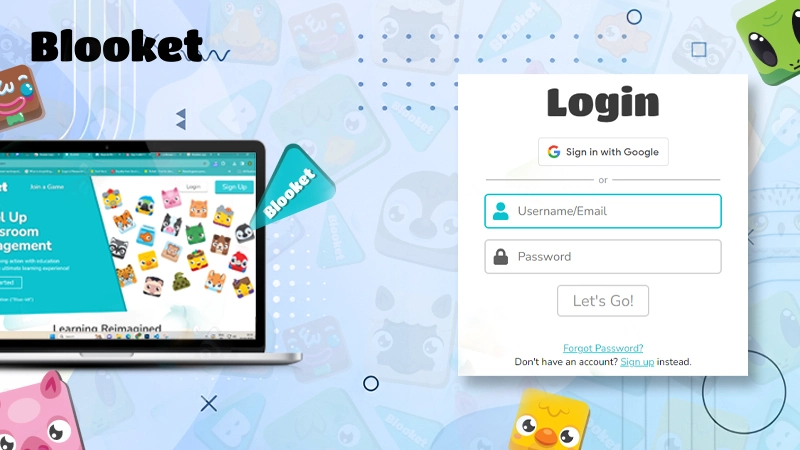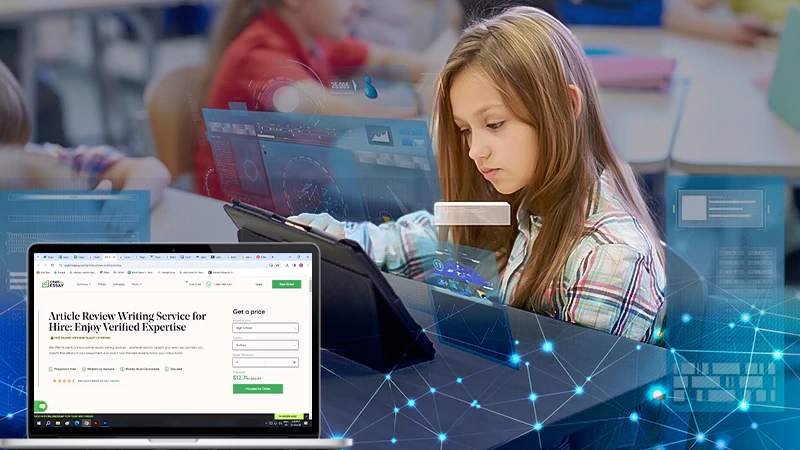E-Learning Trends to Watch in the Coming Years
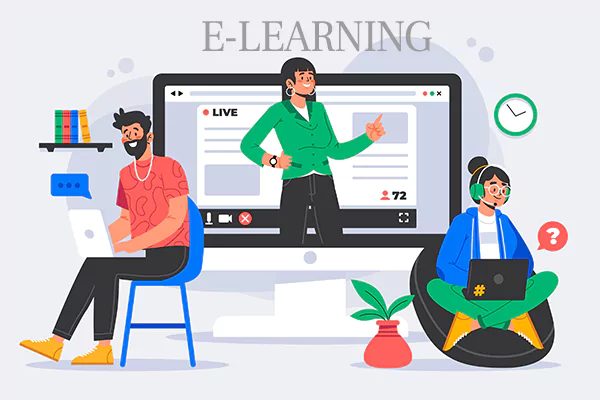
E-learning, once considered a novel approach to education and professional development, has now become an integral part of modern learning ecosystems. There are many online learning websites like Udemy, Coursera, Udacity, and more available for learners.
With the rapid evolution of technology and changing educational landscapes, e-learning continues to adapt and expand its horizons.
As we look ahead to the coming years, it’s necessary to explore the emerging e-learning trends that will shape the future of education and training.
In this article, we will delve into the key e-learning trends to watch, from personalized learning experiences to the integration of immersive technologies.
Personalized Learning
Personalized learning has been on the horizon for some time, but it’s gaining momentum as technology allows for more customized educational experiences.
With the help of artificial intelligence (AI) and machine learning algorithms, a modern e-learning platform and any legitimate essay writing service can analyze learners’ preferences, strengths, and weaknesses to tailor content, pace, and services.
This approach ensures that learners receive individualized support, promoting better engagement and knowledge retention.
Gamification and Game-Based Learning

Gamification is the integration of gaming elements, such as points, badges, and leaderboards, into educational content to motivate learners and enhance engagement.
Game-based learning takes this concept a step further by creating immersive learning experiences within virtual environments or simulations.
These approaches make learning fun and interactive, improving retention and problem-solving skills.
Immersive Technologies: AR and VR
Augmented reality (AR) and virtual reality (VR) are becoming progressively prevalent in e-learning. AR overlays digital content onto the real world, enhancing traditional learning materials.
VR, on the other hand, immerses learners in a virtual environment, providing experiential learning opportunities. These technologies are particularly valuable for practical training, such as medical simulations or architectural design.
Artificial Intelligence (AI) and Natural Language Processing (NLP)
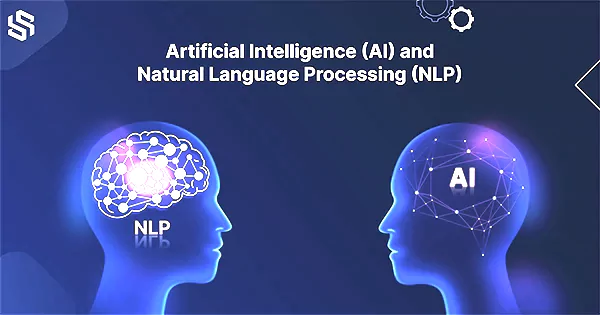
AI and NLP are transforming the way e-learning content is created and delivered. AI-driven chatbots offer instant support, answering questions and providing guidance to learners. NLP enables platforms to understand and respond to natural language, making communication more human-like.
As AI continues to evolve, it will likely play a more prominent role in curriculum development and assessment to create an eLearning platform.
Data Analytics for Personalization and Improvement
The collection and analysis of data play a major role in e-learning. By tracking learner progress, engagement, and performance, educators can fine-tune their courses and adapt content to better meet learners’ needs.
Predictive analytics can also help identify at-risk learners and provide timely interventions to support them.
Blockchain for Credentials and Certifications
Blockchain technology is being explored to secure digital credentials and certificates.
This ensures the authenticity and integrity of learners’ achievements, making it easier for employers and educational institutions to verify qualifications.
Blockchain can also streamline the process of transferring credits and recognizing prior learning experiences.
Continued Growth of Mobile Learning
As smartphones and tablets become more and more prevalent, mobile learning continues to grow. E-learning platforms are optimizing their content for mobile devices, allowing learners to access courses on their preferred screens.
Mobile learning’s flexibility and convenience make it a dominant trend for the foreseeable future.
The Road Ahead is Far from Smooth
Whereas e-learning trends offer tremendous potential to enhance education and training, they also come with their fair share of challenges.
It’s paramount to be aware of these challenges to address them effectively and ensure the successful implementation of e-learning initiatives.
Here are some key challenges associated with e-learning trends:
- Digital Literacy: Learners, particularly older individuals or those new to technology, may struggle with digital literacy, making it challenging to navigate e-learning platforms and tools.
- Privacy and Security: Collecting and storing data about learners can pose privacy and security risks. Ensuring that learners’ data is protected and used responsibly is a significant concern.
- Cost of Implementation: Developing high-quality e-learning content, integrating technologies like VR or AR, and providing support can be costly. Institutions and organizations need to budget effectively to deliver effective e-learning experiences.
- Resistance to Change: Both educators and learners may resist adopting new e-learning technologies and methods, preferring traditional teaching and learning methods.
- Content Overload: With the rise of microlearning and easily accessible digital content, learners may face content overload, making it difficult to select relevant and valuable resources.
- Learner Isolation: E-learning, especially self-paced courses, can lead to learner isolation. The absence of face-to-face interaction and peer engagement may result in reduced motivation and a sense of disconnect.
- Technical Issues: Technical glitches, such as platform crashes or connectivity problems, can disrupt e-learning sessions and frustrate learners.
- Data Privacy Compliance: Complying with data privacy regulations, such as GDPR or HIPAA, when collecting and handling learner data can be a complex legal and logistical challenge.
Addressing these challenges involves a combination of technological solutions, policy changes, and effective training for both educators and learners. As e-learning continues to evolve, stakeholders must work together to overcome these obstacles and maximize the benefits of e-learning trends for education and training.
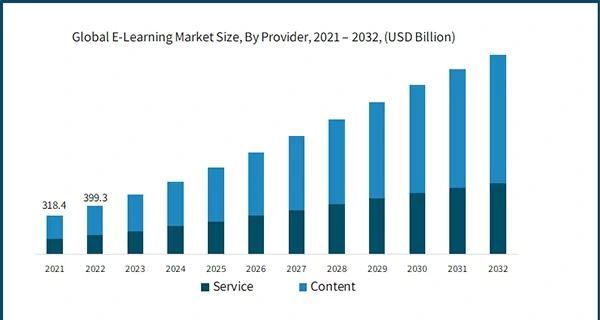
This graph shows the potential growth of the E-learning market size, by provider, from 2021-2032 in US$ Billion.
Who is In-Charge of Mitigating the Risks?
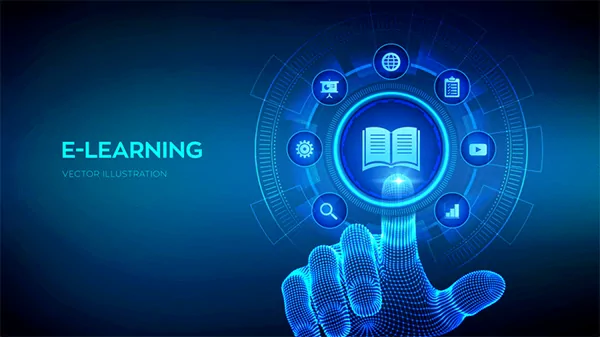
Mitigating the risks and implementing the benefits of e-learning trends is a shared responsibility among various stakeholders, including:
- Educational Institutions: Schools, colleges, universities, and other educational institutions play a vital role in adopting and implementing e-learning trends. They are responsible for developing curriculum, picking appropriate e-learning technologies, and ensuring that educators are trained to use them effectively.
Educational institutions should also provide support services for learners, addressing technical issues and offering guidance.
- Educators and Trainers: Teachers, professors, and trainers are at the forefront of e-learning implementation. They are responsible for designing engaging e-learning content, fostering a conducive online learning environment, and facilitating effective online instruction.
Educators should continuously update their skills to adapt to new elearning trends and methods.
- Learners: Students and learners have a significant role in their own e-learning success. They are responsible for actively engaging with e-learning materials, participating in discussions, managing their time effectively, and seeking help when needed. Learners should also provide feedback to improve e-learning experiences.
- Government and Policy Makers: Governments and regulatory bodies have a role in setting policies and regulations that promote the responsible and equitable use of e-learning technologies.
They can establish standards for data privacy, digital accessibility, and online learning quality. Governments can also allocate resources to bridge the digital divide and ensure that e-learning is accessible to all.
- Employers and Businesses: Employers often provide e-learning opportunities for employee training and development. They are responsible for investing in quality e-learning programs, ensuring that employees have access to necessary resources, and recognizing e-learning credentials.
Businesses should also consider the impact of e-learning on employee productivity and job satisfaction.
- E-Learning Providers: Companies and organizations that offer e-learning platforms and content bear the responsibility of delivering reliable, secure, and high-quality e-learning solutions.
They should address technical issues promptly, maintain data privacy, and continually improve the user experience.
Mitigating risks and realizing the benefits of e-learning requires collaboration among these stakeholders. Effective communication, ongoing training, policy development, and resource allocation are necessary components of a successful e-learning ecosystem.
By working together, these parties can create a supportive and inclusive e-learning environment that maximizes educational and training outcomes.
The Bottom Line
The future of e-learning holds promise and innovation. As technology evolves and learners’ needs change, e-learning trends will continue to adapt to provide more effective and engaging educational experiences.
From personalized learning paths to immersive technologies like AR and VR, these trends are reshaping the landscape of education and professional development. To stay ahead, educators, institutions, and businesses must embrace these trends and harness their potential to create a brighter, more accessible future of learning.
Blooket Login: Ultimate Guide to Login and Gameplay
10 Fastest Growing Tech Jobs in 2024
Justice: How Technology Transforms Asbestos Lawsuits
5 Quick Steps to Start Your Digital Banking…
Online Interior Design Courses: A Sustainable Choice for…
Private Tutor vs Teacher: What’s the Difference?
Challenges and Opportunities in Implementing 5G Technology in…
Top 10 Common Essay Writing Mistakes and How…
Incorporating Research into Your Essays: A Guide to…
The College Student’s Guide to Coping with Stressors
4 Mistakes to Avoid When Starting a Private…

